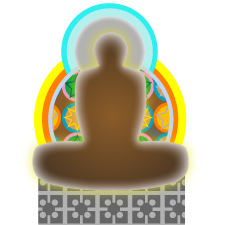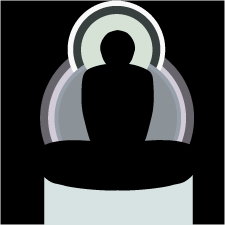This website is inspired by Mark Epstein, M.D. in particular his books
(I mention these to orient you.) Thoughts without a thinker, Going to Pieces without falling apart, Going on being, and his most recent, Psychotherapy without a self.
When Buddhism first came to China it was the Taoists task to find the fulcrum between these two traditions, when they did, they generated and created Zen, this new hybrid would spread though out Asia, but would keep to it’s original flavor of mindfulness and bare attention. Now is the time for Buddhism has come to the West and it is Psychotherapeutic language that has seeped into our language over the past hundred years. So Buddhism must be presented to the Westerners in this language. It was Freud’s original intention to propagate “evenly suspended attention” a beginning bare attention and mindfulness exercise, and this is the foundation of a successful therapy and Buddhist practice. It is this pivotal ingredient that is common to both worlds of Buddhism and Psychotherapy.
The basic, fundamental meditation strategy in Buddhism is mindfulness of the breath(either the sensation of the nostrils or the belly) which is key to grounding the mind in the body for the purpose of self awareness or the mindfulness of the five aggragates or the transitory collection. One evolves from identification with content to a shift to a view of the process of mind/body, or viewing the transitory collection as like the weather or a fireworks display. The flip side of this is the practice is bare attention, which is the cultivation of an impartial, nonjudgemental awareness to “everything there is to observe” as Freud would put it. Buddhism and Psychotherapy are of a piece in the teachings of Mark Epstein, M.D. and has clearly stated that the key metaphor for working with the emotional life is to metabolize or digest feelings, as apposed “enemies to be conquered”.
There is two usual ways of working with emotions in Buddhism and Psychotherapy. The most common one is to view the afflictive emotions as inner enemies that need to be controlled to the greatest extent, but according to Mark Epstein, M.D. this view is called sujegation which is considered a wrong view. The correct way of seeing emotional life is bare attention, or “energy to be harnessed”. Which is congruent with Mark Epstein’s book thoughts without a thinker, going to pieces without falling apart, going on being, and most recent psychotherapy without a self. Another wrong view that is common, is the belief that the ego must first exist and then abandoned or the action of a disavowel. Mark Epstein is a popular speaker and his teachings evolve and transform according to the needs of his audience.
The most sophisticated antidote to mental suffering that Buddhism and Psychotherapy has to offer is called injured innocence, or selflessness of persons, or emptiness (Buddhist emptiness). What injured innocence means is that according to Mark Epstein the self that we think is really real doesn’t exist in the way that we imagine. For example lets say that my buttons are pushed or I get my feelings hurt if I redirect my awareness from the offending object to the misperceived subject this self breaks up under objective scrutiny, and I am freed from narcisstic attachment. This view of the transitory collection is clearly explained in thoughts without a thinker psychotherapy from a Buddhist perspective by Mark Epstein, M.D.. |













